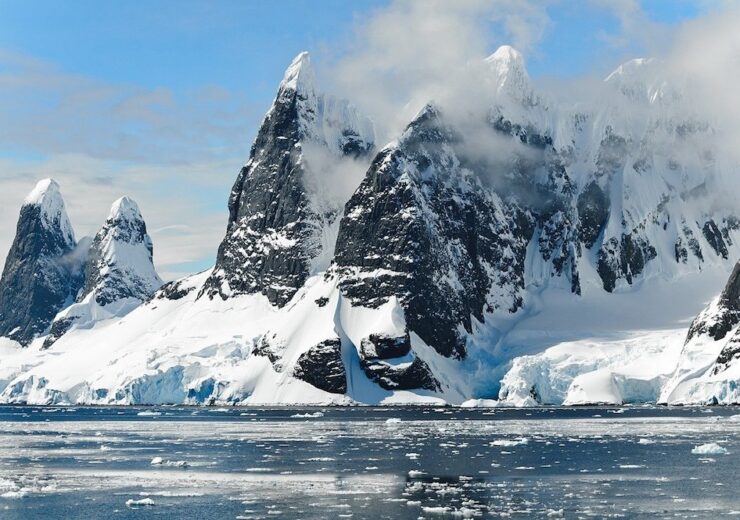The research, led by environmental consultancy Ocean Wise, highlights the role that textiles, laundry and wastewater discharge has in the contamination of the world’s oceans

Ocean Wise analysed samples from 71 locations across the European and North American Arctic, including the North Pole (Credit: Pixabay)
A comprehensive synthetic fibres study within the Arctic ocean has found the material makes up approximately 92% of microplastic pollution found in near-surface seawater samples.
Led by environmental consultancy Ocean Wise, it also found that about 73% of those fibres are polyester and resemble fibres used in clothing and textiles.
These findings, and others, are detailed in a scientific paper published in the international scientific journal Nature Communications.
Dr Peter Ross, a special advisor to Ocean Wise, a professor at the University of British Columbia and the lead author of the study, said: “The Arctic ocean, while distant to many of us, has long provided food and a way of life for Inuit communities.
“The study again underscores the vulnerability of the Arctic to environmental change and to pollutants transported from the south.
It also provides important baseline data that will guide policymakers in mitigation of microplastic pollution in the world’s oceans, with synthetic fibres emerging as a priority.”
Ocean Wise microplastic synthetic fibres ‘most comprehensive study’ ever undertaken in the Arctic
The research, led by Ocean Wise and enabled through collaborative support from Fisheries and Oceans Canada, represents the most comprehensive study of Arctic microplastics ever undertaken.
Ocean Wise analysed samples from 71 locations across the European and North American Arctic, including the North Pole.
The consultancy also looked at water samples up to a depth of 1,015 metres at six sites in the Beaufort Sea.
Based on this, the authors calculated the average concentration of microplastics to be around 40 microplastic particles per cubic metre.
They also observed almost three times more microplastic particles in the eastern Arctic compared to the western Arctic, suggesting that new polyester fibres are being delivered to the eastern Arctic Ocean by currents from the Atlantic.
The research highlights the role that textiles, laundry and wastewater discharge has in the contamination of the world’s oceans.
Dr Anna Posacka, the co-author of the study and research manager of the Ocean Wise Plastics Lab, said: “Ocean Wise continues to be at the forefront of solution-oriented ocean microplastic research in partnership with the apparel and retail sectors, government agencies, and the Arctic Inuit and Inuvialuit communities.
“Reducing fibre releases from textiles represents a significant opportunity to curb marine microfibre pollution.
“And together with Ocean Wise’s Microfiber Partnership, some forward-looking companies and initiatives are looking for ways to address this problem.”
